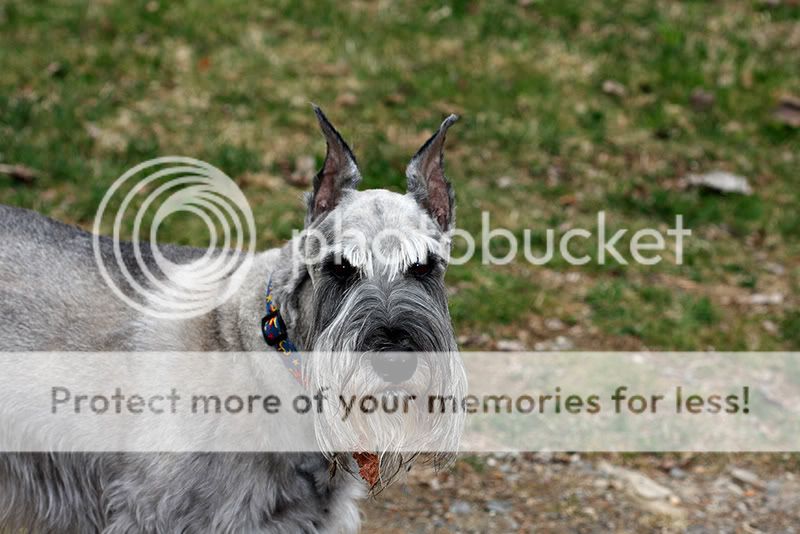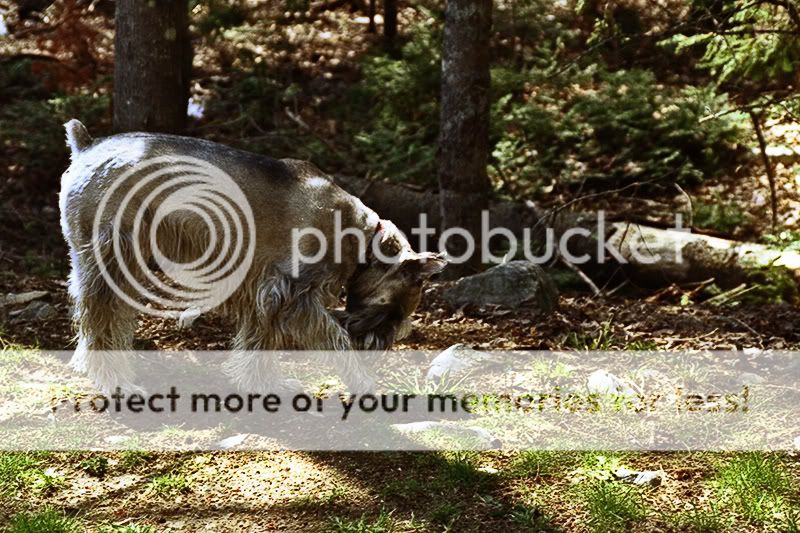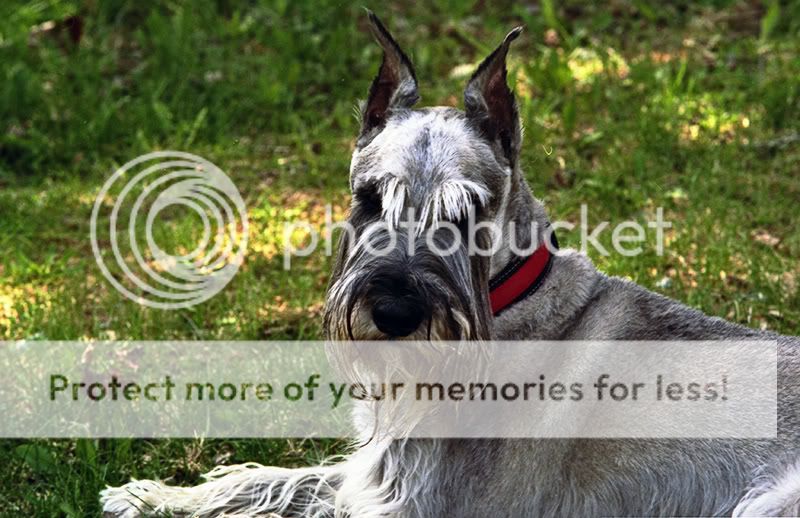-
Please use real names.
Greetings to all who have registered to OPF and those guests taking a look around. Please use real names. Registrations with fictitious names will not be processed. REAL NAMES ONLY will be processed
Firstname Lastname
Register
We are a courteous and supportive community. No need to hide behind an alia. If you have a genuine need for privacy/secrecy then let me know! -
Welcome to the new site. Here's a thread about the update where you can post your feedback, ask questions or spot those nasty bugs!
You are using an out of date browser. It may not display this or other websites correctly.
You should upgrade or use an alternative browser.
You should upgrade or use an alternative browser.
Maxwell
- Thread starter Ron Morse
- Start date
nicolas claris
OPF Co-founder/Administrator
Hi Ron
can you explain why you have fun with film and what's the difference (technical/mood/feel) toward digital shooting your nice dog? (with Gibbon's blue axx ;-)
can you explain why you have fun with film and what's the difference (technical/mood/feel) toward digital shooting your nice dog? (with Gibbon's blue axx ;-)
OK Nicolas.
I always loved this camera. It just sets there wasting. I love the feel of the camera with the battery grip. All my EF lenses fit it.
I can not get the images with film that I get with the 40D. I know some get fantastic images with this camera. That is the challenge for me. I keep trying new films and working on different things trying to get better shots.
When it has to count I grab the 40D but that makes the EOS 3 no less fun.
I always loved this camera. It just sets there wasting. I love the feel of the camera with the battery grip. All my EF lenses fit it.
I can not get the images with film that I get with the 40D. I know some get fantastic images with this camera. That is the challenge for me. I keep trying new films and working on different things trying to get better shots.
When it has to count I grab the 40D but that makes the EOS 3 no less fun.
I think I'm comparing like with like Ray.
I scan the negative right into CS3 and finish it. They look pretty bad when coming into CS3.
I open the raw from the 40D in one of the converters then open in CS3 and finish it their.
Of course the camera has already done things to the raw depending on the setting in the camera but I consider the scanner the equivalent of in camera RAW.
Then looking at them both on the monitor.
Here is Maxwell with the 40D.

I scan the negative right into CS3 and finish it. They look pretty bad when coming into CS3.
I open the raw from the 40D in one of the converters then open in CS3 and finish it their.
Of course the camera has already done things to the raw depending on the setting in the camera but I consider the scanner the equivalent of in camera RAW.
Then looking at them both on the monitor.
Here is Maxwell with the 40D.

nicolas claris
OPF Co-founder/Administrator
hmmmm
just no comparison possible in IQ… a big gap!
just no comparison possible in IQ… a big gap!
Colleen Vermillion
pro member
Of course the camera has already done things to the raw depending on the setting in the camera but I consider the scanner the equivalent of in camera RAW.
I don't think scanners are equivalent to a raw converter. Raw images are more like latent images than negatives, and they've already been digitized. (None of the camera settings other than image format affect the raw data for almost all modern cameras by the way) Negatives have already had some processing by the developer, and the scanner itself can introduce quality problems during the digitization that you wouldn't see in a digital camera file.
A while back when I was at Applied Science Fiction, I worked on technology for both scanners and digital cameras, and there is a big difference in the characteristics of the files. One example - with digital images from scans, you can do a much better job of correcting grain by analyzing the characteristics of the grain in the different color channels and you can't do that with a digital camera image. If you're working your scans and digital camera images through exactly the same processing, one of them is going to not look so great.
If you're just using the vanilla TWAIN driver to get your scan into CS3, you might try taking a look at something like VueScan - it's like Adobe Camera Raw for scanners and will write out DNG files which can give you more flexibility in Adobe's software.
-Colleen
Last edited:
Cem_Usakligil
Well-known member
Hi Colleen,...If you're just using the vanilla TWAIN driver to get your scan into CS3, you might try taking a look at something like VueScan - it's like Adobe Camera Raw for scanners and will write out DNG files which can give you more flexibility in Adobe's software.
-Colleen
I agree completely. I am a long time user of VueScan and I cannot praise it highly enough.
My current workflow is as follows:
1) Scan IT8 targets in RAW+DNG (only for slides)
2) Run the well known ACR scripts to calibrate the scanner (instead of calibrating a camera, the same thing really)
3) Scan slides (or negatives) in RAW and export using DNG.
4) Import into LR for normal cataloguing, web and simple print jobs
5) Open with ACR in PS for detailed processing (such as noise/grain reduction and dust/scratch removal)
Thanks Colleen and Cem. This is what I was looking for. I'm giving VueScan a try. I'd really like to get the nice pictures that I remember. Maybe my memory has gone bad.
Back when I had my new model F1 and was using my EOS 3 I used to have my film developed by a photo shop that had a studio and was very well liked. I bet they were a lot better than all these one hour places now althought they weren't cheap. When we moved into the new house I packed my favorite books, magazines and photos into boxes so I wouldn't lose then. No matter where I look I can't find them.
Back when I had my new model F1 and was using my EOS 3 I used to have my film developed by a photo shop that had a studio and was very well liked. I bet they were a lot better than all these one hour places now althought they weren't cheap. When we moved into the new house I packed my favorite books, magazines and photos into boxes so I wouldn't lose then. No matter where I look I can't find them.


